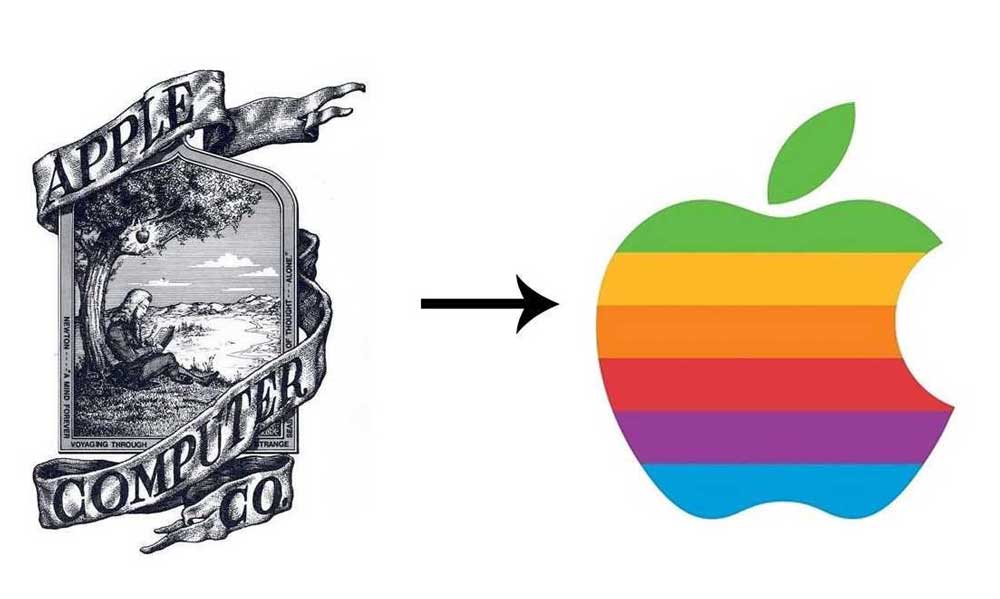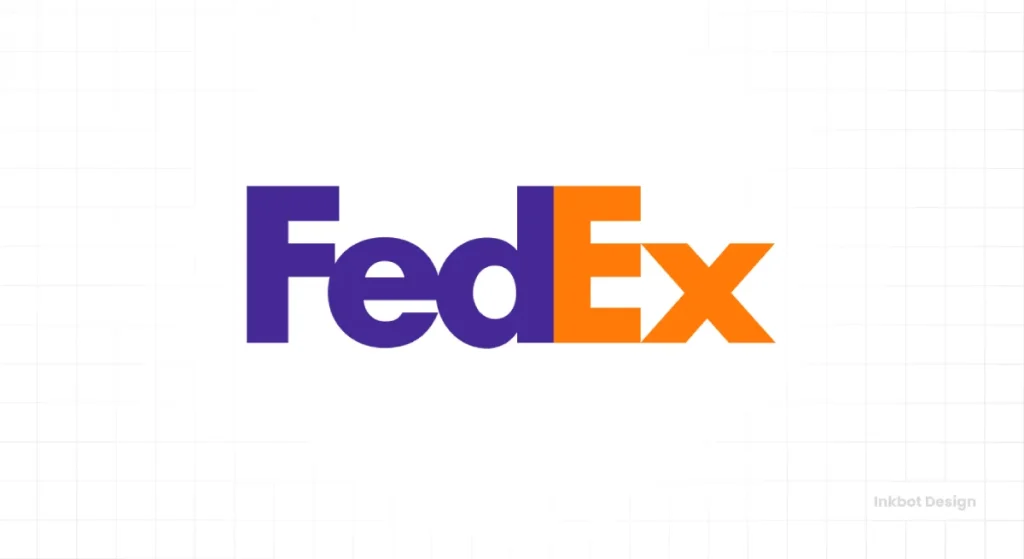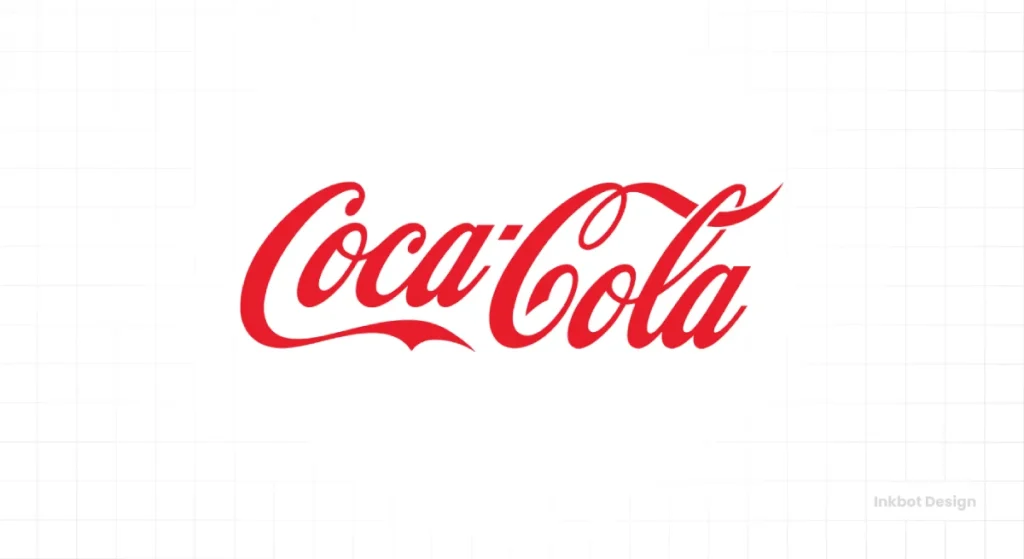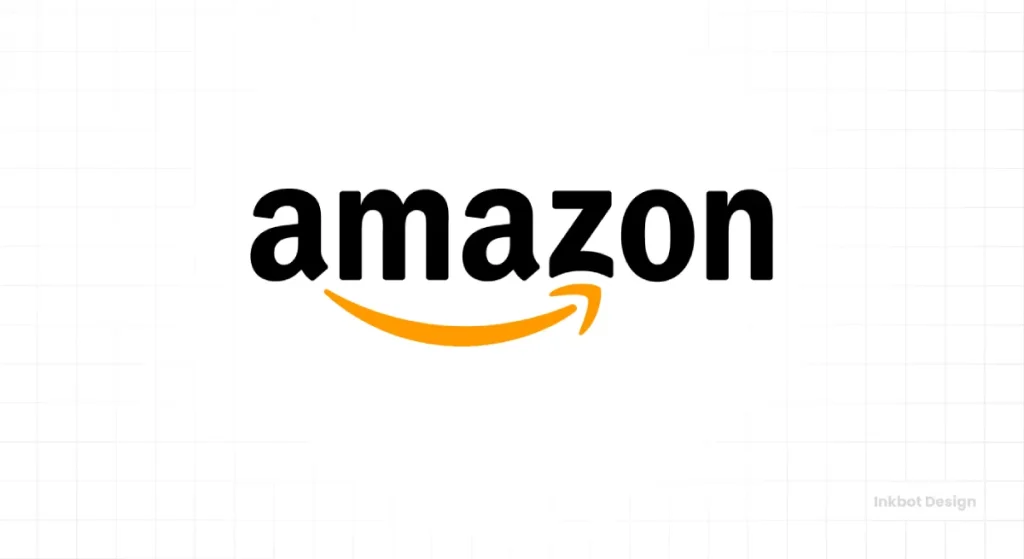Good Logo vs Bad Logo: 11 Ways to Judge Your Brand’s Mark
The biggest mistake entrepreneurs make with their brand isn’t spending too much or too little. It’s not picking the wrong colours or a strange font.
It’s judging their logo with the wrong set of eyes.
You’re likely judging your logo as a piece of art. Is it pretty? Is it clever? Do I like it? These are the wrong questions. They will lead you, as they lead thousands of others, to a weak brand mark that costs you money.
This isn’t an art critique. This is a functional checklist. We will give you a new set of eyes to see the difference between a logo that works and a liability.
- A good logo should be simple, allowing immediate recognition and recall.
- Memorability is key; an effective logo sticks in the mind.
- Timeless design avoids fleeting trends, maintaining relevance over decades.
- Versatility is crucial; logos must work across various media and formats.
- A logo must align with brand identity, conveying the right message to the audience.
The Core Misunderstanding: A Logo is Equipment, Not Art
A logo is a piece of strategic business equipment.
Think of a hammer. You don’t care if a hammer is beautiful. You care if it drives a nail. If it’s perfectly balanced, made of forged steel, and has a grip that won’t slip, that is a good hammer. Its beauty is a byproduct of its function.
A logo is the same. Its job is to identify. To be memorable, clear, and consistent. That’s it.
A logo that does its job is a good logo. A logo that is merely “creative” or “pretty” but fails at its core function is a bad logo. It’s a beautifully painted hammer with a handle made of glass. Useless.
The Checklist: 11 Critical Differences Between a Good and a Bad Logo
Use these 11 points to evaluate any logo—yours, your competitor’s, or one you’re about to pay for. This is the difference between investing in a strategic asset and wasting your budget.
1. Good: Simple // Bad: Complex

A good logo is distilled to its essential meaning. It’s visually concise. You can glance at it and get it instantly. The best test for simplicity is the memory test: could you draw a recognisable version of it from memory?
Think of the Apple logo or the Nike swoosh for a good logo. They are nothing more than simple, iconic shapes. There is no confusion.
A bad logo tries to be an infographic. It’s crammed with detail, trying to tell the entire company history in a 2cm square.
It might feature intricate line work, multiple icons, and complex gradients. This complexity makes it hard to recognise and impossible to remember.
2. Good: Memorable // Bad: Forgettable
A good logo embeds itself in your brain. It has a unique quality, a “hook” that makes it stick. It doesn’t have to be a hidden trick, just visually arresting.
The arrow hidden in the FedEx logo is a masterclass in this. Once you see it, you can’t unsee it. It makes the logo memorable and associates the brand with forward movement.

A bad logo is forgettable because it’s generic. It uses clichés: swooshes, globes, abstract human figures, or puzzle pieces. It looks like it was picked from a stock catalogue because, often, it was.
It blends into the background noise of a thousand other businesses.
3. Good: Timeless // Bad: Trendy

A good logo feels as relevant today as it was 30 years ago. It avoids fleeting design trends and focuses on fundamental principles.
The Coca-Cola script was designed in the 1880s and has barely changed. It is timeless. It has built up over a century of brand equity.
A bad logo chases the latest fad. Remember the 3D bevels and shiny web 2.0 effects of the mid-2000s? Or the recent plague of ultra-generic, soulless sans-serif wordmarks?
These logos date themselves instantly.
The disastrous 2010 Gap rebrand is the ultimate cautionary tale—they traded an iconic, timeless wordmark for a trendy, forgettable one. They were forced to retreat after a week of public outcry.
4. Good: Versatile // Bad: Inflexible
This is a technical point, but it’s non-negotiable. A good logo works everywhere. It must be as clear and powerful on a giant billboard as a tiny app icon on your phone. It must work in full colour, and—critically—in a single solid colour.
A bad logo is a one-trick pony. It relies on its specific colour palette or intricate gradients to be legible. When you try to embroider it on a shirt, it becomes a messy blob.
When you shrink it for a business card, the details vanish. It fails because it wasn’t designed for the real world.
5. Good: Appropriate // Bad: Mismatched
A good logo communicates the right feeling for its industry and audience. The design choices—font, shape, style—align with the brand’s personality. You expect a high-end law firm to have a logo that feels stable, professional, and trustworthy, likely using a classic serif font.

A bad logo sends the wrong signals. Imagine a children’s toy company with a logo set in a harsh, industrial typeface. Or a financial institution using a goofy, cartoon mascot.
It creates cognitive dissonance and undermines credibility instantly.
The visceral, almost universally adverse reaction to the jagged London 2012 Olympics logo was a prime example of a design feeling inappropriate for the event’s gravitas.
6. Good: Distinctive // Bad: Generic

A good logo is ownable. It stands apart from the competition and carves out its own visual space. It looks like itself and nothing else.
The Amazon logo is brilliant in its distinction. The simple smile-shaped arrow connecting A to Z tells a story of customer satisfaction and product variety. It’s unique to them.
A bad logo is generic. It uses an icon or concept that could represent any company in the industry. Think of every “green leaf” logo for an organic product or every “rooftop” shape for a real estate agent. They say nothing specific and do nothing to differentiate the brand.
7. Good: Vector-Based // Bad: Raster-Based
This is the most critical technical sign of a professional vs. an amateur.
A good logo is always created as a vector file (e.g., .AI, .EPS, .SVG). A vector is built with mathematical formulas, meaning it can be scaled to any size—from a pen to a plane—with zero loss of quality. It is a professional standard.
A bad logo is often created as a raster file (e.g., .JPG, .PNG). A raster image is built from pixels. It becomes a blurry, pixelated mess when you try to enlarge it.
If your designer delivers your “final logo” only as a JPG, you have not received a professional logo. You’ve received a file that is functionally useless for most high-quality printing.
8. Good: Smart with Colour // Bad: Dependent on Colour
A good logo has a well-defined colour strategy, but its design is so strong that it doesn’t need colour. The first test of any great logo is to see it in black and white. If it’s still instantly recognisable and balanced, it’s a success.

A bad logo uses colour as a crutch. Its shapes are so weak or generic that they rely on a specific gradient or a combination of colours to be interesting.
Take away the colour, and the logo falls apart. It’s a sign of a fundamentally weak concept.
9. Good: Strategic // Bad: Decorative
A good logo is the result of a strategic process. Decisions are deliberate and tied to the brand’s positioning, target audience, and business goals. The designer asked “why?” before they ever touched a mouse. The logo is an answer to a business problem.
A bad logo is purely decorative. It was chosen because the business owner “liked the colour blue” or “wanted something modern.” It’s a subjective decoration. It has no more profound meaning and does no strategic work for the business.
10. Good: Legible Typography // Bad: Illegible Text

If a logo includes the company’s name (a logotype or combination mark), that name must be crystal clear. The font should be deliberate, well-spaced (kerning), and legible even at tiny sizes.
A bad logo uses typography as an afterthought. It might use an overly complex script font that’s impossible to decipher, or crush the letters so close together they become a single blob. If customers have to squint to read your name, your logo has failed.
11. Good: Ownable // Bad: Infringing
A good logo is unique. It was created from scratch and is distinctive enough to be legally trademarked, giving the business exclusive rights. It is a genuine asset.
A bad logo often uses pre-made elements from stock vector sites. This is incredibly risky.
Not only is it not unique—dozens or even hundreds of other businesses could be using the same icon—but it also often violates the license agreement of the stock site and can open the business up to legal trouble. It’s a cheap shortcut that builds your brand on rented land.
The Financial Cost of a Bad Logo
Choosing a bad logo isn’t just an aesthetic mistake; it’s a financial one.
First, there’s the immediate cost. The money you spent on the amateur designer or the logo generator is gone. But the real costs come later.
You’ll have to pay for a redesign when you realise your logo is inflexible and can’t be embroidered. When you rebrand, you have to pay to reprint everything: business cards, brochures, vehicle wraps, signage, packaging. That cost can run into the thousands or tens of thousands of pounds for a small business.
The most significant cost, however, is intangible: brand equity. A weak, forgettable logo fails to build recognition. Customer confusion, a lack of trust, and a perception of being unprofessional can directly impact your sales.
As seen with Gap, a poor branding move can cost a company millions in lost sales and emergency marketing spend.
A Quick Litmus Test: The “5-Year-Old” and “Fax Machine” Rules
If the 11-point checklist is too much, here are two simple rules of thumb.
- The 5-Year-Old Rule: Can you describe your logo to a five-year-old so they could draw a recognisable version on a piece of paper? “It’s a blue bird.” “It’s a red circle with a white line through it.” “It’s an apple with a bite taken out of it.” This tests for simplicity and memorability.
- The Fax Machine Rule: This is a bit dated, but the principle is timeless. Would it still be recognisable if you were to fax your logo (or photocopy it poorly, or see it as a tiny, low-resolution profile picture)? This test for versatility and proves it doesn’t rely on colour or fine detail.
You’ve Spotted the Bad… Now What?
Reading this list, you might look at your logo with a dawning sense of dread. You might be seeing the generic shapes, the dependence on colour, the inflexibility you’ve been fighting with for years.
Understanding these principles is the first and most crucial step. But execution is the game. This is the chasm between knowing a good logo and having one for your business.
Creating a simple, memorable, timeless, versatile, and appropriate mark isn’t an accident; it results from a rigorous professional process. This discipline is the core of our approach to logo design. It’s about building a strategic tool, not just a pretty picture.
If you see red flags in your branding and suspect it’s holding your business back, it may be time for a professional diagnosis. You can request a quote to see a strategic redesign process.
Conclusion
Stop asking if your logo is pretty. Stop asking your friends and family if they “like” it. It’s the wrong conversation.
Start asking if it works. Is it simple? Is it memorable? Is it versatile?
Your logo isn’t a decoration on your website. It’s your hardest-working employee, on duty 24/7 across every customer touchpoint. Make sure it’s fit for the job.
Frequently Asked Questions (FAQs)
What is the most essential principle of good logo design?
Simplicity. A simple logo is easier to remember, recognise, and reproduce across various media, which are the core functions of a logo.
Can a logo be good if it’s just the company name in a specific font?
Yes, absolutely. This is called a logotype or wordmark. Brands like Google, Coca-Cola, and FedEx use logotypes. The key is that the typography is distinctive, legible, and timeless.
How much should a professional logo design cost?
Costs vary widely, from a few hundred pounds for a freelancer to tens of thousands for a major agency. For a small business seeking a strategic, professionally designed logo from an experienced designer or small studio, a budget of £1,000 – £5,000 is a realistic starting point. The price reflects strategy, research, and revisions—not just drawing a symbol.
Is it bad to design my logo using a tool like Canva?
For a serious business, yes. While Canva is an excellent tool for social media graphics, its logo templates are generic and used by thousands of others. This makes your brand forgettable and impossible to trademark. It’s a temporary solution that will create long-term branding problems.
What is the difference between a vector and a raster logo file?
A vector logo (.AI, .SVG, .EPS) uses mathematical equations and can be scaled to any size without losing quality. A raster logo (.JPG, .PNG) is made of pixels and becomes blurry when enlarged. A professional logo must be delivered in a vector format.
How many colours should a good logo have?
There’s no strict rule, but simpler is better. Most iconic logos use only 1-3 colours. The most important rule is that the logo must work effectively in a single colour (black and white).
Does my logo need to have a hidden meaning?
No. This is a common myth. A logo’s first job is clarity and identification. A clever hidden element, like the FedEx arrow, is a bonus if it doesn’t sacrifice clarity. A confusing or overly complex “hidden” meaning creates a bad logo.
What’s the most significant sign of an amateur logo designer?
Delivering the final logo only in raster formats (like .JPG or .PNG) and not providing the source vector file (.AI or .EPS) is a major red flag. It means you don’t have a file that can be used for professional printing or scaling.
My logo is trendy. Why is that bad?
Trends fade quickly. A logo designed with 2025’s hot new gradient effect will look dated and cheap by 2028. Like the Nike swoosh, a timeless design doesn’t age and builds brand equity for decades.
What’s the first step to getting a good logo?
Stop thinking about the visuals and start thinking about your brand strategy. Who is your audience? What is your unique position in the market? What personality do you want to convey? A good designer will start by asking these questions, not showing you pictures.
Can I change my logo?
Yes, but it should be done strategically. A slight evolution or refresh can keep a brand modern (see Google’s logo evolution). A complete overhaul should only be done if the current logo is strategically failing or the business has changed direction.
Why are stock icons bad for a logo?
Because they are not exclusive. Anyone can buy and use the same stock icon, which means your competitors could end up with a nearly identical logo. This destroys brand distinction and makes your logo impossible to trademark.
Your logo is the face of your business, working for you on every email, webpage, and business card. If you’ve realised your current logo isn’t working hard enough, it’s time to consider a change.
At Inkbot Design, we build logos that are more than just pretty pictures—they are strategic tools designed to build brand equity. Explore our logo design services to see how a professional process can transform your brand’s most important asset.

